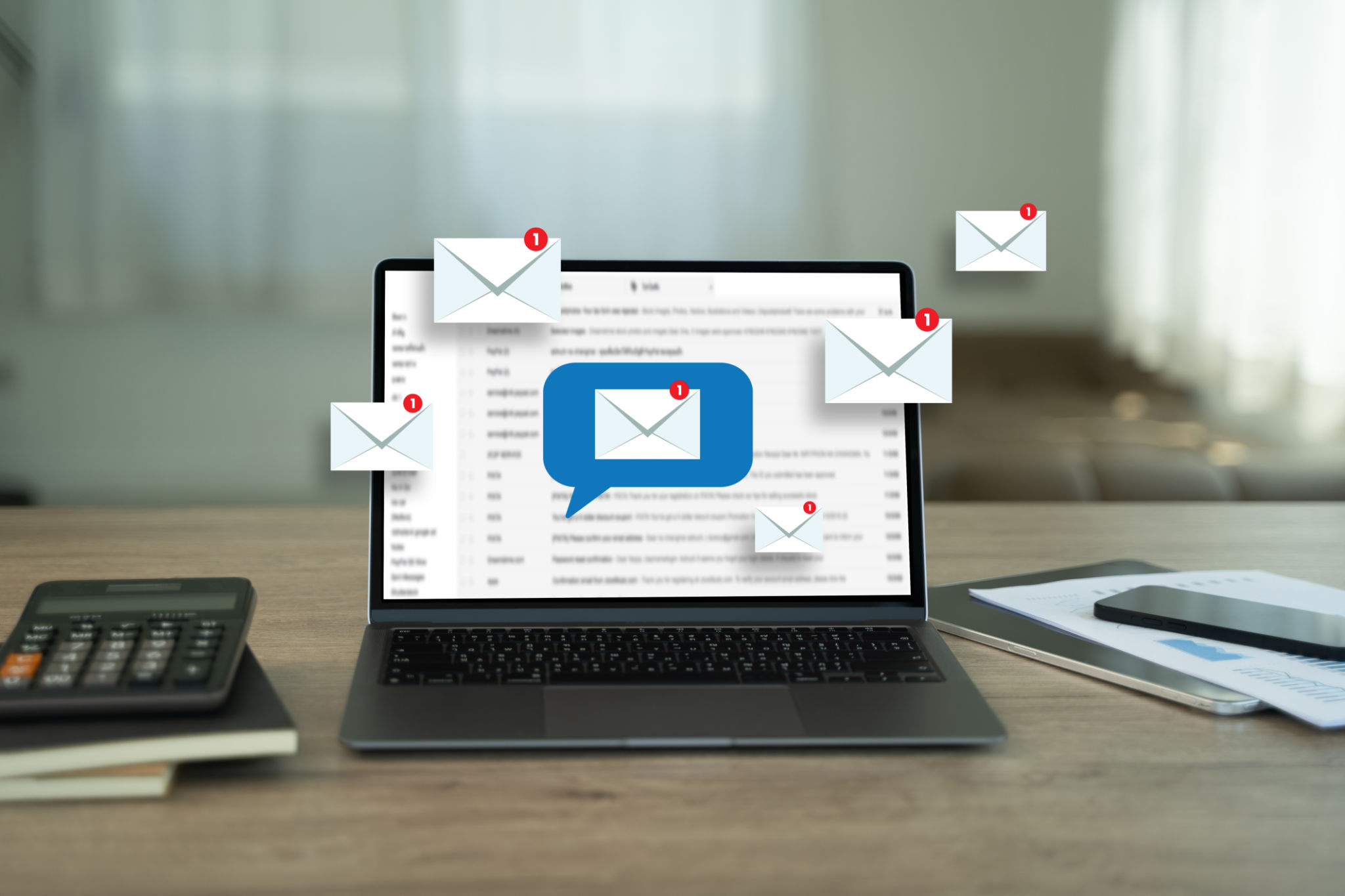10 Common Email Marketing Mistakes and How to Avoid Them
Understanding the Importance of Email Marketing
Email marketing remains one of the most effective channels for businesses to engage with their audience. However, even the most experienced marketers can make mistakes that hinder their success. Knowing what to avoid can save time and improve results.

Mistake #1: Neglecting the Subject Line
The subject line is the first impression your email makes. A poor subject line can lead to low open rates. Make sure it's engaging and relevant. Test different variations to see what resonates best with your audience.
Mistake #2: Ignoring Mobile Responsiveness
With a significant percentage of emails being opened on mobile devices, it's crucial to ensure your emails are mobile-friendly. Use responsive design techniques and test your emails on various devices to make sure they look great everywhere.

Mistake #3: Sending Too Frequently
Bombarding subscribers with emails can lead to high unsubscribe rates. Find a balance by analyzing open and engagement rates, and adjust your sending frequency accordingly.
Mistake #4: Poorly Targeted Campaigns
Sending generic emails to your entire list is a missed opportunity. Segment your audience based on demographics, past interactions, and preferences to deliver more personalized content.

Mistake #5: Weak Call-to-Action
A clear and compelling call-to-action (CTA) is essential for guiding your subscribers on what to do next. Make sure your CTA stands out visually and is easy to understand.
Mistake #6: Overlooking Testing and Analytics
Without testing and analyzing your email campaigns, it's difficult to know what's working. Use A/B testing for elements like subject lines and CTAs, and regularly review analytics to refine your approach.

Mistake #7: Not Cleaning Your Email List
Maintaining a clean email list is vital for deliverability. Regularly remove inactive subscribers to improve engagement rates and reduce the risk of being marked as spam.
Mistake #8: Failing to Provide Value
Your emails should provide value to your subscribers, whether through informative content, exclusive offers, or other incentives. If your emails are consistently valuable, subscribers are more likely to engage with them.

Conclusion: Continuous Improvement
Email marketing is a dynamic field that requires continuous learning and adaptation. By avoiding these common mistakes and focusing on delivering quality content, businesses can build stronger relationships with their audience and achieve better results.
